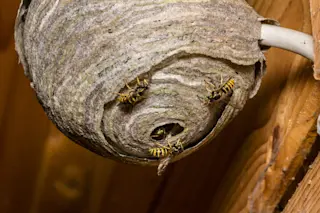Just about every naturally occurring element churns through the earth’s oceans, yet scientists have only a glimmer of understanding of how these chemicals influence marine ecosystems. Now, a 15-year, 30-nation research collective called Geotraces is embarking on an ambitious global survey of ocean chemistry to quantify trace elements and shed light on how chemical concentrations fluctuate in response to changing environmental conditions.
Last October, 32 marine scientists set out from Portugal on a planned 52-day trans-Atlantic expedition, the first American-led effort on behalf of the project. The crew collected 4,600 water samples in three weeks from depths as great as 2.8 miles before mechanical failure brought the trip to a premature conclusion. (A follow-up cruise is slated for later this year.)
Of the 30 or so trace elements Geotraces scientists are studying, some—such as iron and copper—are naturally occurring nutrients supplied by dust storms and deep-sea vents. These nourish phytoplankton ...















